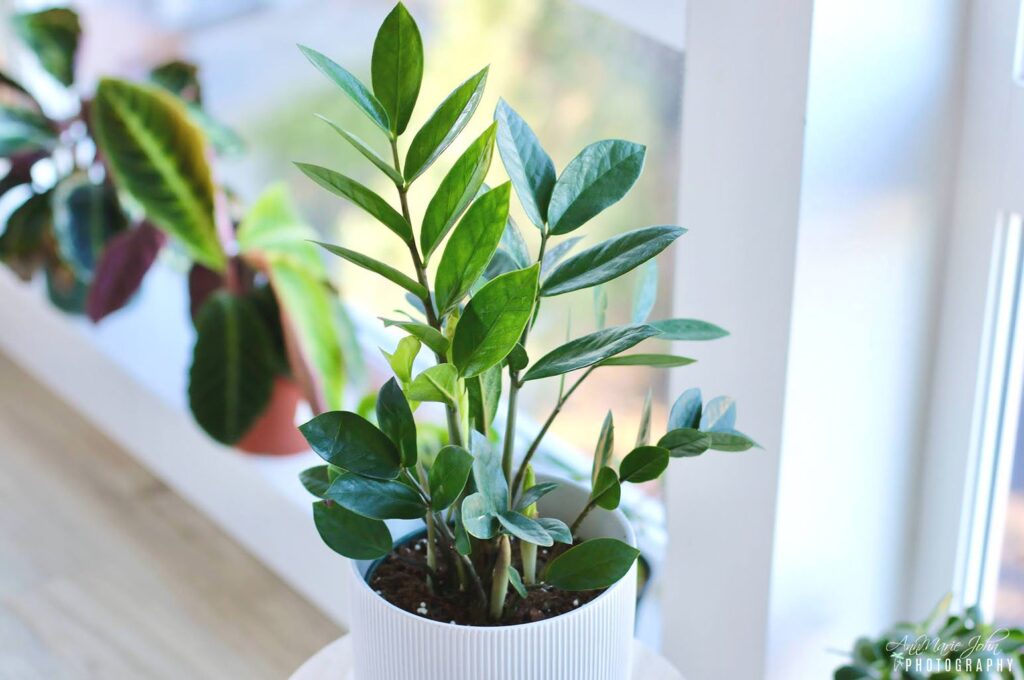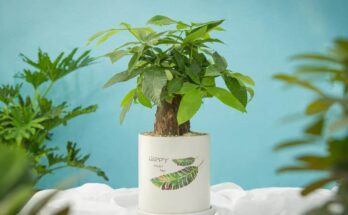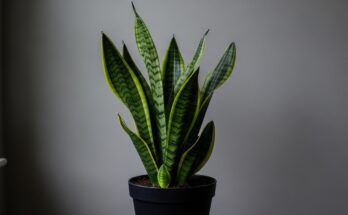
Bringing plants indoors is far more than a decorative choice. A growing body of scientific research has shown that indoor plants can positively affect our physical health, mental well-being, and overall quality of life. From purifying the air to reducing stress, these green companions offer proven benefits that extend well beyond aesthetics.
1. Improved Air Quality
One of the most widely known benefits of indoor plants is their ability to improve air quality. In a landmark NASA Clean Air Study (1989), researchers found that many houseplants—such as peace lilies, snake plants, and spider plants—can remove harmful toxins like formaldehyde, benzene, and trichloroethylene from the air. Although more recent studies suggest the effect is modest compared to mechanical ventilation, plants still contribute to fresher air by releasing oxygen and increasing humidity. For people in dry or poorly ventilated spaces, this can make the environment more comfortable.
2. Reduced Stress and Anxiety

The calming power of greenery has strong scientific backing. Studies published in the Journal of Physiological Anthropology show that interacting with indoor plants—whether watering, pruning, or simply sitting near them—lowers stress levels, reduces anxiety, and even helps decrease blood pressure. Unlike artificial décor, plants offer a natural sense of vitality, which helps the brain relax and recover from daily stressors.
3. Boosted Mood and Mental Health
Plants also improve mood and mental well-being. A 2015 study in the journal Environmental Health and Preventive Medicine found that spending time around indoor greenery significantly reduced feelings of depression and promoted positive emotions. Having plants in workspaces and living areas can create a sense of connection to nature—known as biophilia—which is linked to happiness and emotional stability.
4. Enhanced Productivity and Creativity
Workplaces with greenery tend to be more productive. Research from the University of Exeter found that employees working in plant-filled offices were 15% more productive and reported higher job satisfaction compared to those in bare spaces. Indoor plants can also stimulate creativity by providing visual interest and a refreshing break for the mind, helping people problem-solve more effectively.
5. Better Sleep Quality

Some plants, such as lavender, jasmine, and aloe vera, are known for their relaxing effects and ability to improve sleep quality. Studies suggest that lavender aroma, in particular, lowers heart rate and blood pressure, helping the body ease into deeper sleep. By placing these plants in the bedroom, people may benefit from both improved air quality and soothing effects.
6. Stronger Immunity
Being around greenery doesn’t just make you feel good—it can make you healthier. Research shows that reduced stress and improved air quality from indoor plants may indirectly boost immune system function. Lower stress hormones and better sleep support the body’s natural defense mechanisms, helping people recover faster from illness.
Final Thoughts
Indoor plants are more than just home décor. Science confirms they purify the air, reduce stress, elevate mood, and even enhance productivity and sleep. Whether you’re decorating your office, bedroom, or living room, incorporating a few houseplants can be a simple, natural, and effective way to improve health and well-being.


